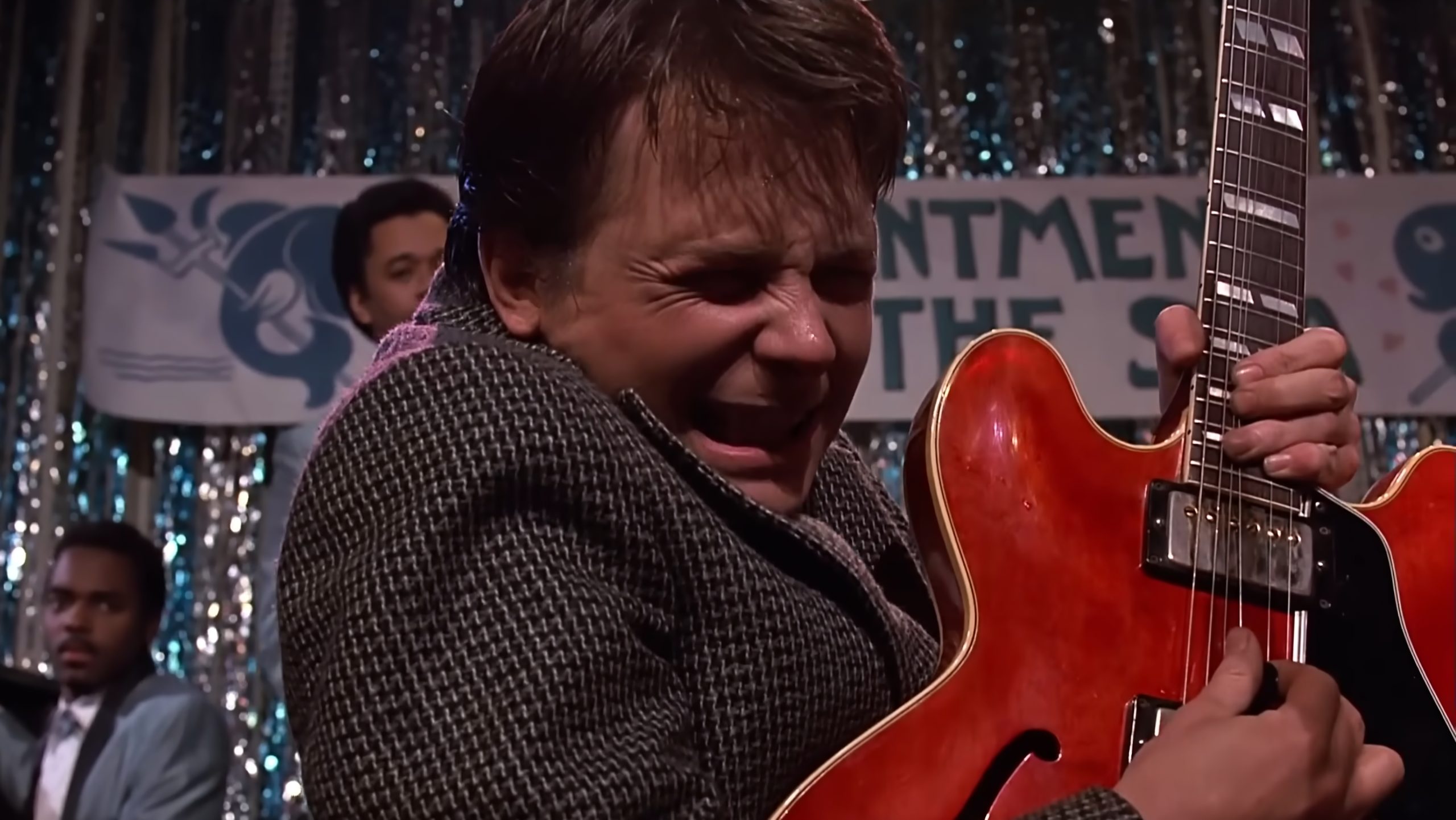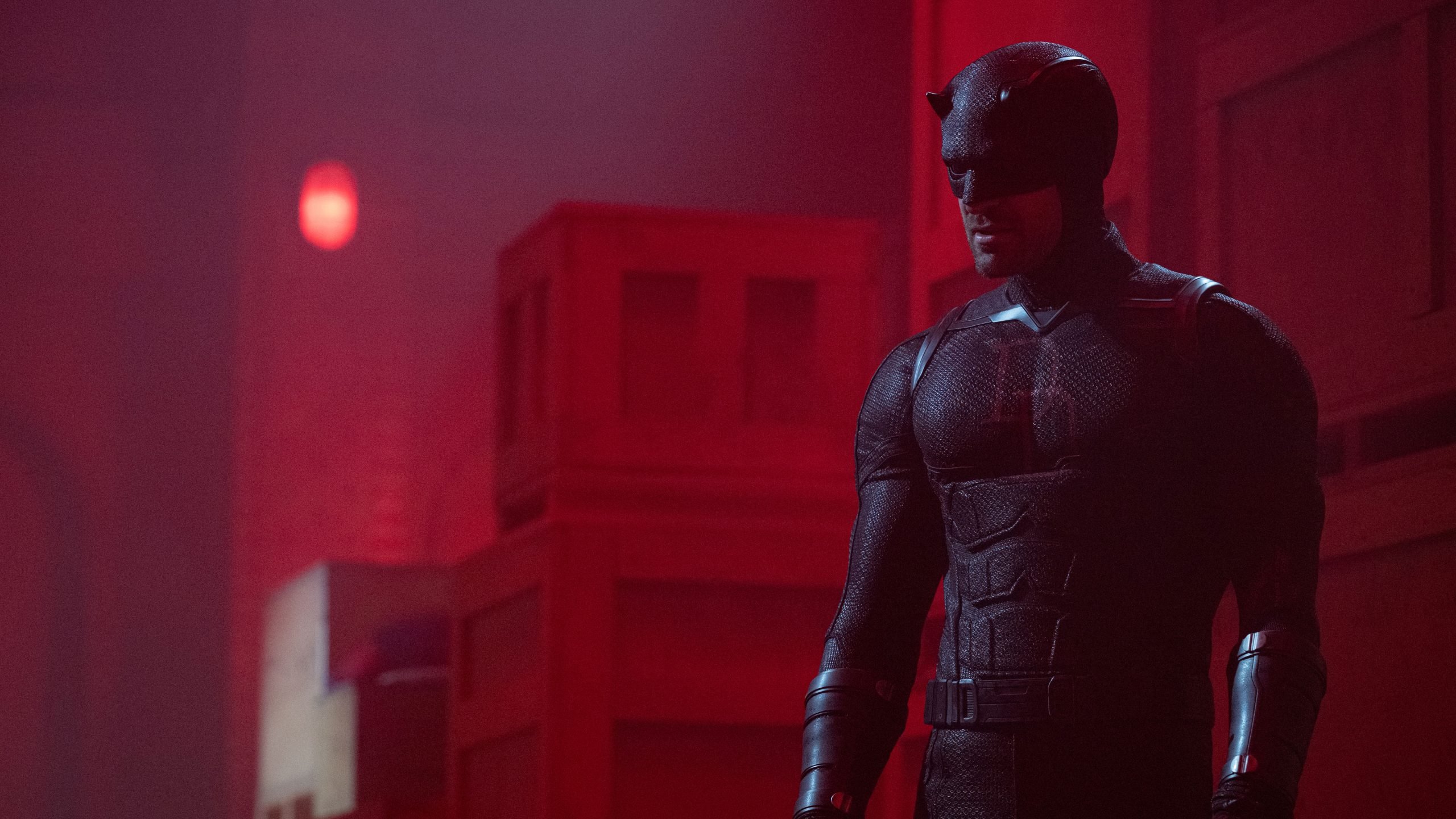During the first minutes American Horror Stories: Lacas well as, the camera crosses the darkness with lazy slowness. Rooms, corridors, streets, but especially the neighborhood of Prescott Lake, give a gloomy impression. So much so that immediately there is a feeling that what the images show is happening in the dream layer. This is not something random. The production uses the resource to clarify some things in its argument.
First, that the death of Jake (Bobby Hogan) plunged his family into a ghostly darkness. Not just on a metaphorical level—that the script rehearses clearly and effectively—but on a more complex level as well. The whole family is slowly sinking into a dimension where pain is everything. Both the one and the other, like an evil creature lurking out of the darkness.
Death waits in the water American Horror Stories: The Lake
The next and most important thing is that water in this case it’s a supernatural symbol. So old, recognized and powerful that American Horror Stories: The Lake spends a fair amount of time stating its complexity. Gradually, Jake’s death becomes an open door to something darker, stranger, and more overwhelming. The perception of danger associated with immemorial.
Guilt, pain and sorrow are deep waters into which the characters of the novel plunge. American Horror Stories: The Lake. The anthology series’ season finale dares to go beyond the obvious horror – the most obvious moment in the entire installment – and opts for symbolism. But maybe because the argument lacks the necessary force to tell a story based on pure suffering, the immediate tension subsides.
It’s a journey from the murders around the lake, the center of the story, to its aftermath. There is an elemental and primal connection in the idea of rivers – great unstoppable and dark currents – with the way the story tells about horror. Actually, the first few minutes of the episode are the best of the season and they are supported by a consistent and brilliant analysis of the enigmatic.
Deep down there is fear American Horror Stories: The Lake
But Manny Koto’s script fails trying to maintain that tension for most of the chapter. In fact, the story becomes more ambiguous and confusing as it loses its solidity in its main theme. On the one hand, he tries to explore the severity of absence. But on the other hand, pressing questions emerge: what is the darkness that links Jake’s death and the disappearances around the lake? Why do both things seem hopelessly connected?
The story insists, for much of its first stretch, on pain. In addition, this common suffering is in its own way a monster that needs to be defeated. But such a suggestive understanding of mourning slips to the fringes as the story clumsily tries to inject the supernatural. Or at least his painful insinuations. Especially when Finn (Olivia Ruyer), Jake’s sister, becomes obsessed with death.
Not only the one that shattered his family. Something that also links her to Erin (Alicia Silverstone), her mother, in the midst of the limbo of death. At the same time, the one that is hidden in Lake Prescott; a ghostly redoubt with its layers of terror in tow. The episode does not seem to find a way to oppose both premises.. In any case, find the point where they connect with each other. Thus, they run in parallel, as if they were two stories, held together by the one exception – the death of a character.
Notwithstanding the above, American Horror Stories: The Lake manages to capture a few intriguing moments, which allows the premise to endure despite its blandness. From Finn’s obsession with death to the thrill that evil is about to manifest in a new way. The plot explores primal fears and uses water as a focal point. if in American Horror Stories: Bloody Mary they were mirrors, in the last chapter it is the meaning of river water as a terrifying element.
Night song of horror American Horror Stories: The Lake

Little by little, director Tessa Blake’s camera focuses on the liquid sheen of open drains, moving puddles and lakesides to tell the story. Which the? It’s not very clear. But it soon becomes known that the horror manifests itself in a restrained substratum, which is very rare in the anthology. The director also accomplishes this by making it clear that what she’s waiting to kill at the bottom of the lake has far from a simple explanation. That Finn won’t be able to defeat him – at least not with obvious weapons – and that fear is a vehicle for tougher, more twisted ideas.
Perhaps that is why it is so unpleasant that the plot cannot become something obvious without an immediate explanation. In the proposed story about the mafia, or even an inelegant representation of violence. Nonetheless, chapter becomes common wanting to include all of their great offerings in a specific space.
When he finally has to reveal his secrets, the episode breaks off, slips into nowhere. Even worse, it is associated with heavier, more complex thoughts about physical destruction, death, and the gloom of uncertainty. But can’t come to any conclusion– at least not clear -. Which, after all, is his biggest problem.
Source: Hiper Textual














